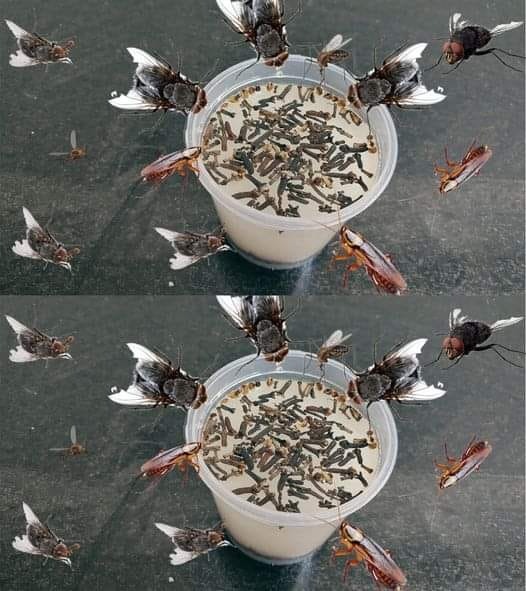Step 1: Gather Your Supplies
You’ll need the following items to get started:
- Baking soda
- Dish soap (preferably a grease-cutting formula)
- White vinegar
- Warm water
- Microfiber cloths or sponges
- A spray bottle
- A soft-bristle toothbrush or brush for tough spots
Step 2: Prepare the Cleaning Mixture
- Baking Soda Paste:
- Mix 2 tablespoons of baking soda with 1 tablespoon of dish soap.
- Add a few drops of water to create a thick paste.
- Vinegar Solution:
- In a spray bottle, combine 1 cup of white vinegar with 1 cup of warm water.
Step 3: Apply the Cleaning Agent
- For Heavy Grease Buildup:
- Use the baking soda paste. Apply a generous layer to the greasy areas with a cloth or sponge.
- Let it sit for 5–10 minutes to break down the grease.
- For Light Grease:
- Spray the vinegar solution directly onto the cabinets.
- Allow it to sit for 3–5 minutes to loosen grease particles.
Step 4: Scrub the Surface
- Using a microfiber cloth or sponge, scrub the cabinets in small circular motions.
- For tight corners or stubborn spots, use a soft-bristle toothbrush dipped in the cleaning mixture.
- Repeat as necessary until the grease is gone.
Step 5: Rinse and Wipe
- Dampen a clean microfiber cloth with warm water.
- Wipe away any remaining cleaning solution and grease residue.
- Dry thoroughly with a clean towel to prevent moisture damage.
Step 6: Polish and Protect (Optional)
- For wooden cabinets, apply a small amount of furniture polish or mineral oil to a soft cloth.
- Gently buff the cabinets to restore shine and add a protective barrier.
Alternative Natural Methods
If you prefer all-natural options, consider these grease-busting solutions:
Lemon and Baking Soda:
- Mix equal parts of lemon juice and baking soda to create a paste.
- Apply to the cabinets, scrub gently, and rinse clean.
Cornstarch Paste:
- Combine cornstarch with a little water to make a paste.
- Rub onto greasy spots, let it sit, and scrub away.
Coconut Oil:
- Surprisingly, coconut oil can help dissolve grease. Apply a small amount to a cloth, rub it into the grease, and wipe clean with a damp cloth.
Tips to Prevent Future Grease Buildup
- Clean Regularly: Wipe cabinets weekly with a damp cloth to remove grease before it hardens.\n2. Use a Range Hood: Always turn on the exhaust fan or range hood while cooking to reduce grease particles in the air.
- Protect Surfaces: Apply a thin layer of furniture wax to wooden cabinets to make future cleaning easier.
- Quick Cleanup: Address spills and splatters immediately to prevent grease from sticking.
Conclusion
Grease buildup on kitchen cabinets can be unsightly and unhygienic, but with the right cleaning method, it’s easy to tackle. Whether you choose the baking soda paste, vinegar spray, or natural alternatives, the key is consistency and using gentle techniques to protect your cabinets’ finish. Implement these genius tips, and your kitchen cabinets will look as good as new!






